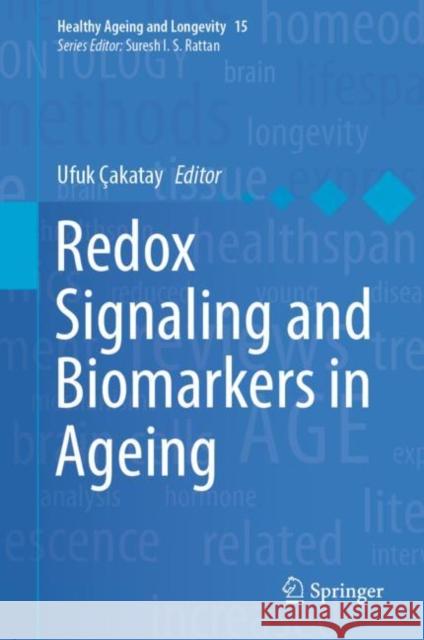Redox Signaling and Biomarkers in Ageing » książka
topmenu
Redox Signaling and Biomarkers in Ageing
ISBN-13: 9783030849641 / Angielski / Twarda / 2021 / 456 str.
Redox Signaling and Biomarkers in Ageing
ISBN-13: 9783030849641 / Angielski / Twarda / 2021 / 456 str.
cena 563,56
(netto: 536,72 VAT: 5%)
Najniższa cena z 30 dni: 539,74
(netto: 536,72 VAT: 5%)
Najniższa cena z 30 dni: 539,74
Termin realizacji zamówienia:
ok. 22 dni roboczych
Bez gwarancji dostawy przed świętami
ok. 22 dni roboczych
Bez gwarancji dostawy przed świętami
Darmowa dostawa!
Kategorie BISAC:
Wydawca:
Springer
Seria wydawnicza:
Język:
Angielski
ISBN-13:
9783030849641
Rok wydania:
2021
Wydanie:
2022
Numer serii:
000763106
Ilość stron:
456
Waga:
0.81 kg
Wymiary:
23.39 x 15.6 x 2.54
Oprawa:
Twarda
Wolumenów:
01
Dodatkowe informacje:
Wydanie ilustrowane











